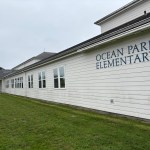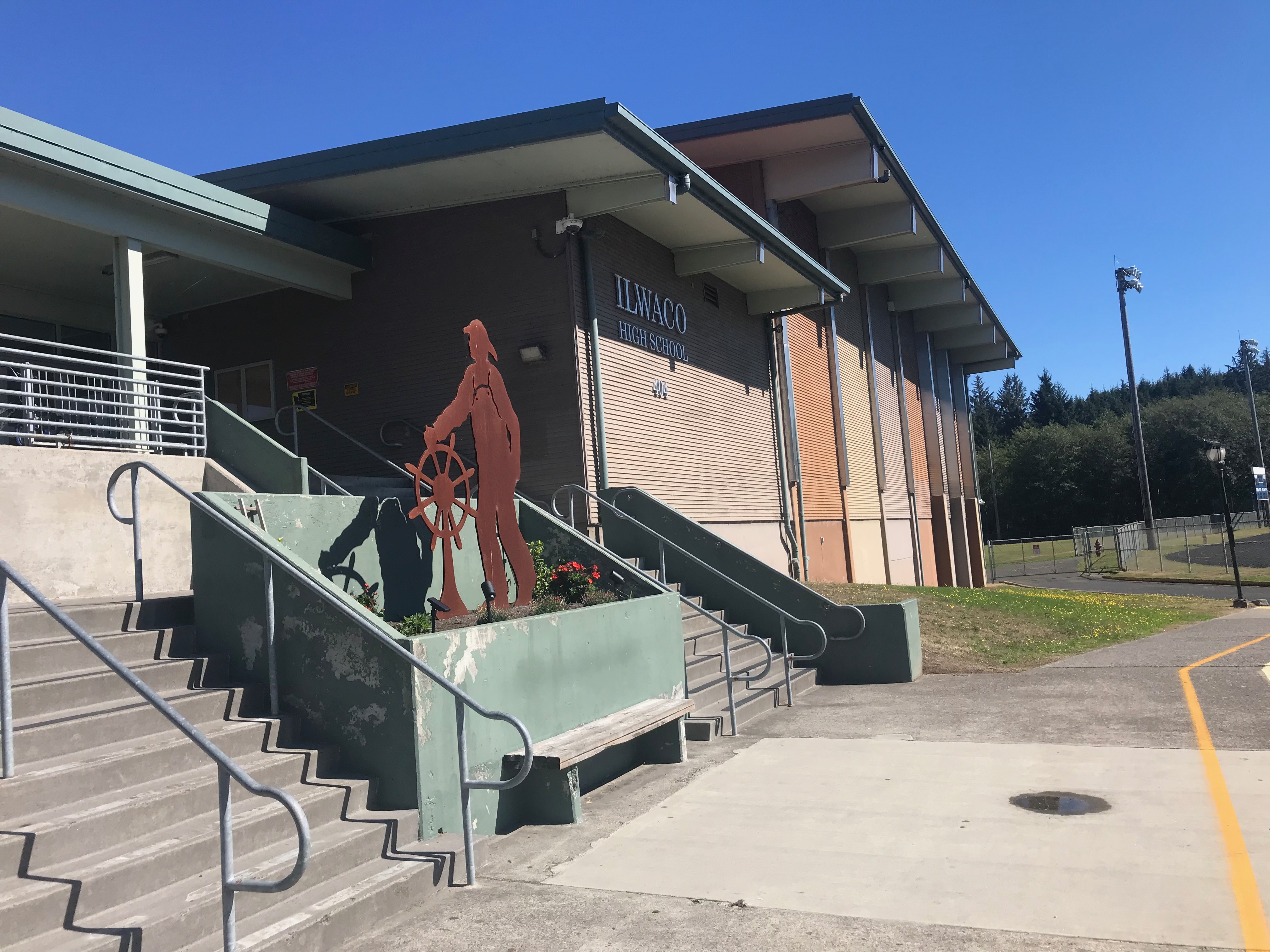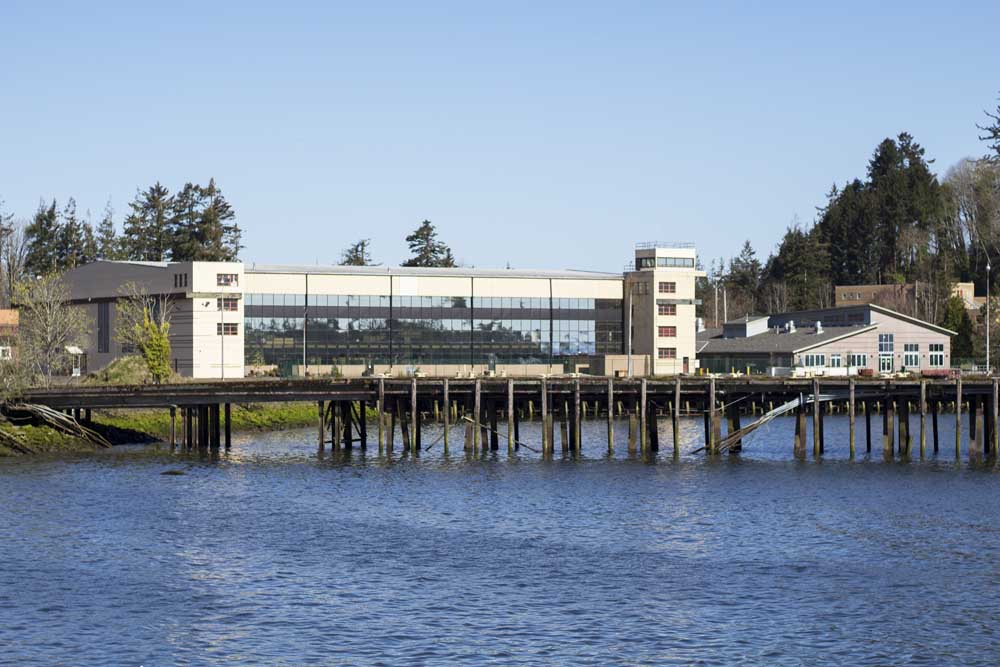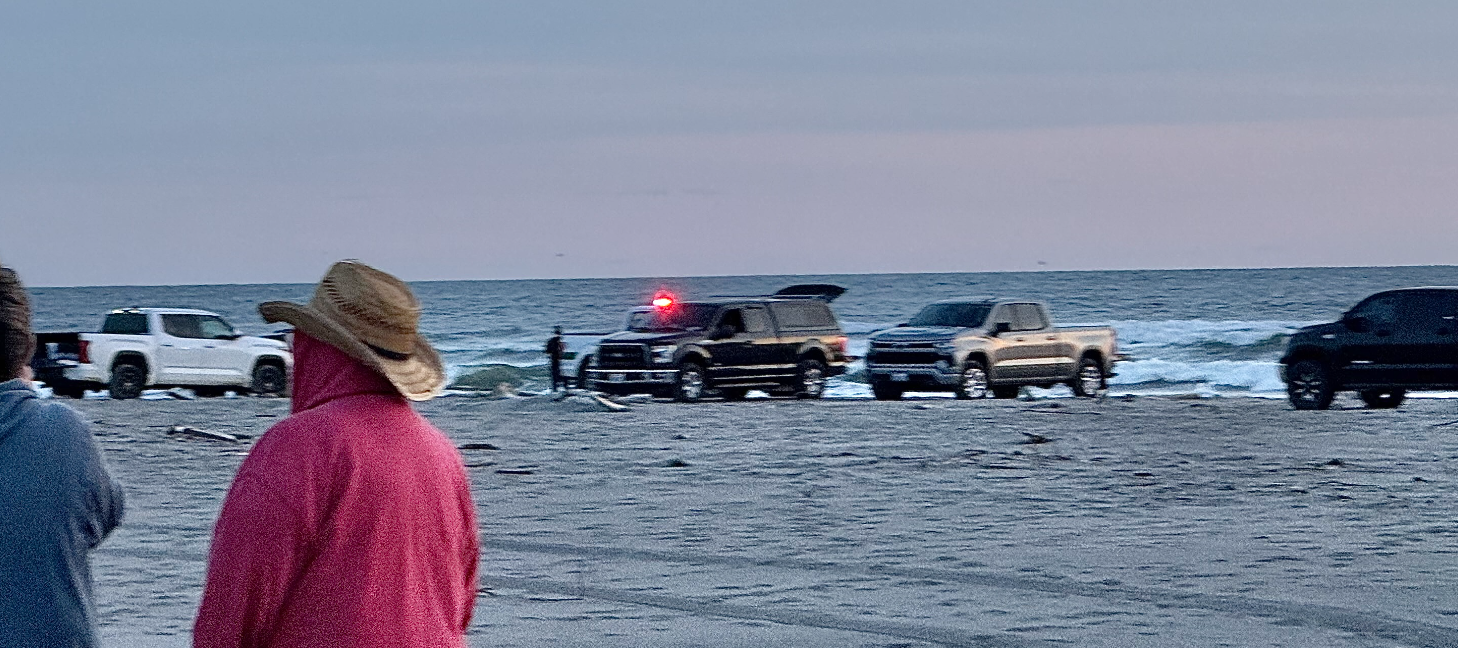OBSD turns up outreach for ‘one-time shot’ of state dollars: District in line for $90M
Published 3:51 pm Tuesday, June 3, 2025


ILWACO — As school board member Don Zuern puts it, the state of Washington is willing to buy three new tires for the Ocean Beach School District.
“I’d love to have our community come together and buy one more.”
That analogy was referenced throughout a community forum that OBSD hosted on May 21 at Ilwaco High School, where about two dozen attendees engaged in a candid conversation with school district officials and heard from the architects tasked with designing a new earthquake- and tsunami-safe building in Ilwaco to house students in grades 6-12. A similar meeting was held in Ocean Park that afternoon.
Earlier this spring, the Washington State Department of Enterprise Services approved the district’s request to combine the design and construction phases of the project into a single contract, clearing the way for the hiring of a general contractor. OBSD was awarded $3.1 million last October from the state Office of the Superintendent of Public Instruction (OSPI) to fully fund conceptual and schematic design work, and the district contracted with Seattle-based Mahlum Architects two months later.
OBSD is currently slated to receive about $90 million in funding through the state’s School Seismic Safety grant program, which was established by the legislature in 2022. The program provides funds to school districts to cover the majority of the construction cost — at least two-thirds, but the district is pushing for as high a share as possible, if not all — of retrofitting or relocating schools situated in high seismic areas or tsunami inundation zones.
The district may need to run a bond measure at some point to fund any costs for the new building that the state says it won’t cover, and potentially other maintenance and construction upgrades at its schools and facilities. State funds can only cover construction costs for work on school spaces deemed “educational,” and do not include the likes of stadiums, athletic fields or transportation facilities.
David Mount, partner at Mahlum Architects, said their team was at the forum to mainly answer questions about the project and outline the road ahead, and to gather the perspective from community members to better inform them as they begin their work.
“What we’re addressing are two buildings [IHS and Hilltop] that are not earthquake-resistant today,” Mount said. “They weren’t built to today’s code standards and we know how earthquakes affect buildings, and so they, like a lot of buildings in school districts across the state, need to be replaced.”
The forums are just one in an ongoing series of steps the district is taking to boost engagement with students, parents, staff and the community over the coming months as this current phase continues.
Architects met with students in late February and in the spring to share information and hear from them about imagining a new 6-12 school, and held an open house for families in early May. They also attended the Noche de Musica at the Hilltop Auditorium last week to hear directly from groups in the community that are traditionally underrepresented, have held focus groups with teachers, and plan to continue outreach in the fall as the new school year gets underway.
‘Unpaved path’
As district officials and architects alluded to throughout the forum, OBSD is traversing through the state’s grant program somewhat blind.
“This is a brand new program. A couple of schools just got funded through this current cycle of budgeting at the state level, and that’s starting to give information for what to expect for our school here,” said Mount. “It’s an unpaved path, but we’re sort of figuring it out as we go.”
The size of the building is estimated at about 112,000 square feet, which while smaller than the two existing schools combined would still be plenty large given the district’s recent enrollment trends, Mount said.
“The intent is to create two distinct schools within that one building,” he added. “Understanding the separation between what middle schoolers need and what high schoolers need, and really keeping those communities intentionally separated but appropriate — and if there are moments when they come together, it’s by design and is seen as an important moment in the school rather than by chance. So we’re being very intentional about how those are coming together and we’re starting to think about how that will happen.”
Related site work would also include ensuring that parking and parent and bus drop-offs are up to current safety standards, upgrading utilities coming onto the site, working with the city on needed street improvements, and improving field conditions for PE classes.
The expectation is that construction would be done in phases so students can remain on the wider campus, but it has not yet been determined whether high school students would need to be temporarily relocated to Hilltop or move off-campus entirely. The new building itself is likely to be built in a similar location to the current IHS building.
“[Phased] construction takes a little longer than if you get everyone off-site and give the contractor an open site,” Mount said. “And while that sounds really complex, it’s very common that schools don’t have places for the kids to go during construction, and working with general contractors who are very much used to that phased construction [is important] — keeping students safe, understanding testing schedules and morning and evening drop-off, and coordinating with administration at the school to make that all work.”
Although timelines could change, and they very likely may throughout this process, the current expectation is that the district will present the conceptual and schematic designs to OSPI for approval this fall, with the third phase beginning shortly after if all goes well. That next phase would again be funded via state funds and cover building blueprints and construction documents, and would tentatively take about a year.
If the process stays on track, OBSD would go out to receive the necessary permitting in early 2027, with construction beginning following the end of the 2026-27 school year and wrapping up in the first half of 2029.
Feedback, questions
The forum featured spirited conversations and plenty of questions about the work that lies ahead, particularly when it comes to any potential bond measure and the need for strong communication with the public. The last time OBSD ran a bond was in April 2022, which failed after receiving just 24% of the vote.
That bond, which clocked in at an ask of $96.2 million, would have funded the construction of a new, tsunami-safe K-5 school in Ilwaco and led to the closure of the existing elementary schools in Ocean Park and Long Beach. It also would have funded seismic retrofitting and significant operational upgrades at IHS, replaced the seismically vulnerable stadium, and replaced and relocated the makeshift bus barn, among other projects.
Heeding the local pushback to those plans, Zuern said that there is no desire among the school board to close either OPE or LBE moving forward. By being able to consolidate the middle and high schools into the same building, the district would be able to reduce the number of school facilities it operates from four to three, which he said is economically prudent for a district with the enrollment levels that OBSD has and would lead to savings on maintenance, utilities and some personnel costs.
While any proposed bond measure would likely include funding to demolish and replace the existing earthquake-prone stadium — the lifespan of which was recently given another two years by engineers — with a more modest facility, as well as replace the bus barn, Zuern also thinks it can be further expanded to make upgrades at both of the elementary schools, citing windows, siding and boilers — the latter of which were installed in the 1950s.
“When we go to run a bond for this project, I would love to be able to ask our community to fix those problems at our two elementary schools, to get them to a lifespan of 30-35 years,” Zuern said, noting it’s something fellow school board member Mark Mansell has also focused on.
Mansell asked the team from Mahlum Architects about what would happen if OBSD secured some or all of the funding to construct the 6-12 building but was unable to pass a bond for that “fourth wheel” for any work to the new building or other aforementioned projects that the state dollars won’t cover. Similarly, school board chair Tiffany Turner questioned if the district would ultimately need to run a bond at all for any work directly associated with the new building.
“I’m always shooting for the moon. I’m shooting for all the money we can possibly get, but I’m a very eternal optimist so someone’s going to have to ground me all the time,” said Stacey Crumbaker, an associate principal at Mahlum. She confirmed that OBSD would need to run a bond if it wants to address the stadium or bus barn.
One thing that forum attendees were in unison on is that this opportunity for state funding to pay for the majority, if not all, of the cost for building a new school will likely not come around again anytime soon. Zuern pointed to recent state budget cuts that legislators adopted in Olympia this spring; to that end, OBSD was recently notified that it had lost $60,000 in funding to operate its popular outdoor school program.
“I don’t think [we] will ever have an opportunity to bring this kind of money from the state for our community, honestly,” Zuern said. “This is a one-time shot.”







